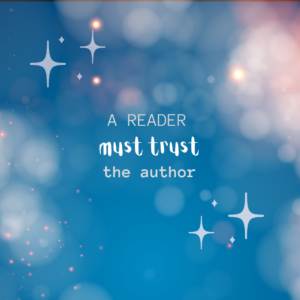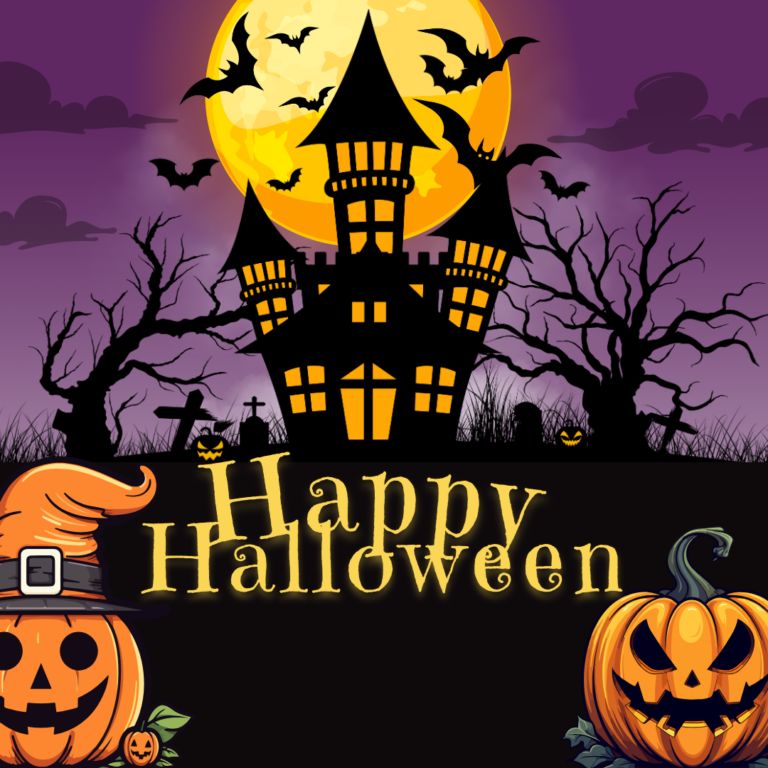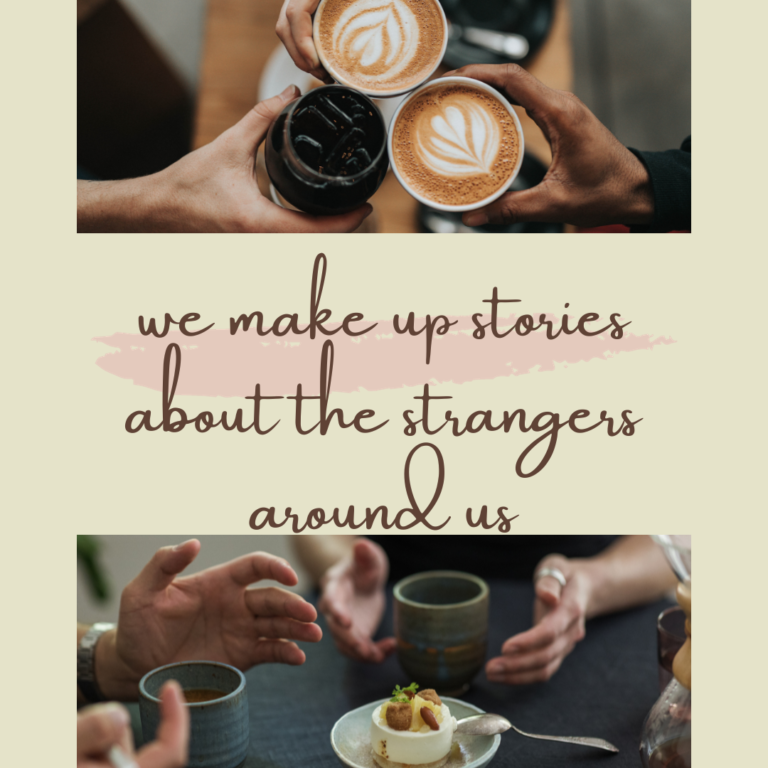
Kate DiCamillo is not a 12-year-old girl.
Nor is she a pig, a puppet or a magician.
Hannah Gold is not a polar bear.
Erin Bow is not a boy.
Sara Pennypacker is not an African American young man intent on a career in theater.
But these authors write about those characters.
I am not a cairn terrier, nor a Highland cow.
I’m also not a 12-year-old boy or a lesbian grandmother.
But I write about them.
At first glance, diversity in story can seem like a slippery fish.
Why can’t I write about anybody I want?
Whatever I don’t know I can research.
Right?
That’s only true to a point.
When I write about Highland cows, I research what they look like and their behavior.
The rest I imagine: what would a Highland cow be like if I personify them.
Same with cairn terriers, although I used to have two of them.
I also used to have a 12-year-old boy—who grew up.
Does this make me an expert at depicting these characters in a book?
Not at all.
But if I get Highland cows wrong, I can chalk it up to creative license.
Same with cairn terriers.
Even 12-year-old boys.
But here’s the difference between that sort of characterization and, say, writing about a 12-year-old Asian girl.
No matter how much I research the Asian girl’s culture, I will never be immersed in it.
I can’t possibly know how she feels about being one of only five Asians at a school, for example.
Or how an African American boy feels when he walks into a gift shop.

I can guess.
But I’d probably be wrong.
If I get the characterization wrong, I can’t chalk it up to creative license.
If I get it wrong, I’ve overstepped a line into territory that doesn’t belong to me, and yet I’m writing about it as if it does.
The same is true if I write about native Americans, Hispanics, Pacific Islanders, people of various religions, or people who are LGBTQ.
This doesn’t mean, though, that I can’t have background characters like these in my stories.
Our society has a multitude of different people, so my stories should also have a variety of people so that the story rings true.
I think if someone writes a story devoid of people of various ethnic or religious groups, it would be unrealistic—and boring.
Writers want their stories to feel as if they could really happen, even stories that are dystopic or fantasy.
But no one wants to read a story that is completely about a person of color that wasn’t written by a person of that ethnicity.
The reader couldn’t trust the author.
And that is tantamount to heresy, I think.

In my opinion, a reader has to be able to trust the author to tell a story that is grounded in truth.
It’s not such a fine line after all then between imagining what a 12-year-old boy would do or say and imagining what a 12-year-old African American boy would do or say.
It’s a line as thick as a ribbon.
As wide as an airport runway.
Maybe even as wide as the Grand Canyon.
If you’re an author, make sure you stay on the correct side of that line.
Don’t pass off someone else’s story as one you’re knowledgeable about.
If you’re a reader, learn about the author of the book you’re reading to see if you can trust the story they’re telling.
Enjoy your week!
Until next time,
~ Gail
Countdown: 36 more weeks of 2024
Before you go, don’t forget to sign up for my mailing list, below:





